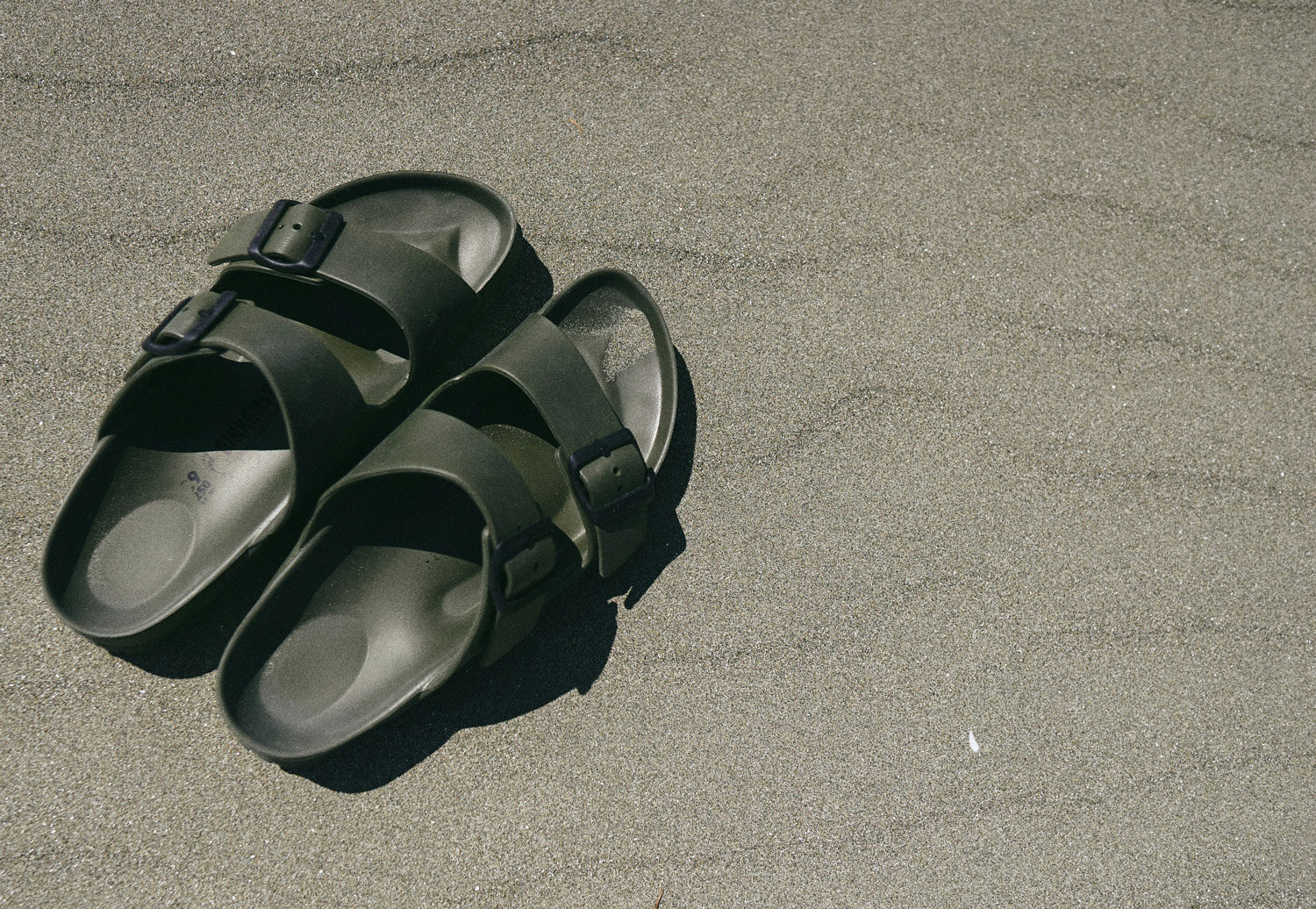What is the line between a product’s design and art? Both require unique and recognisable features but the law differentiates between the two and how they are protected.
A recent German court ruling that Birkenstock’s iconic design cannot be classified as ‘art’ has highlighted the need for brands to innovate in their efforts to protect their intellectual property.
With businesses across all industries constantly at risk of their designs being usurped by competitors, what can they do to protect themselves? Thrings’ IP expert Megan Jefferies discusses what you need to know:
What happened with Birkenstock?
The shoemaker, which has been around since the 1960’s, had a surge in popularity over the past few years after their tie-in with the marketing juggernaut that was the Barbie live action film, with Margot Robbie donning a pink pair during the film.
This saw the value of the company skyrocket, being listed on the New York Stock Exchange in 2023 for more than £7billion, drawing the attention of competitors from across the fashion industry.
Seeking to protect their classic design from imitation, and crucially to benefit from the longer duration of copyright protection compared to those of design rights, Birkenstock attempted to have their design classified as “art” under EU Copyright laws, but this has been rejected by a German court who said it does not qualify.
What does the law say?
UK law is similar to EU law in that copyright for written, dramatic and artistic work lasts until 70 years after the author or creator’s death.
Meanwhile, design rights depend on whether it is registered or unregistered. The former sees rights last five years with the option to renew for consecutive five-year periods up to a maximum of 25 years. The latter lasts for either the first 10 years after the article was first sold or 15 years after it was first created – whichever ends first.
In the UK, there is also a ‘supplementary unregistered design right’ which protects the appearance of a product for three years from the date the design is made public.
What is protected?
For art, copyright is automatic in the UK and doesn’t involve the need for registration. This covers original work with categories including literary, dramatic, musical and artistic work (including photography), software, data bases, web content, sound recordings, music, film, tv recordings, broadcasts, layout of published works.
Design rights also only cover something new. Whilst a design right doesn’t cover how a product works or its functionality, it does protect the appearance of a product, which can include physical shape (2D or 3D ), surface decoration/ornamentation, texture, material, colour, patterns, configuration/arrangement of parts.
What can businesses do to protect their IP?
There are a number of ways that IP rights can be safeguarded, including these following strategies:
- Register designs: Protect original 2D and 3D designs by registering them, ensuring exclusive rights to their use and preventing unauthorised copying.
- Register trade marks: Protect your business brand by registering your name and/or logo as a trade mark at the UKIPO to prevent others using the same or similar names or logos in an attempt to benefit from your reputation and the goodwill you have built up in your brand.
- Make the most of copyrights: Although an automatic right, businesses can take steps to draw the fact that they own the copyright in – for example, their website, or social media- content, to would be infringers by using the copyright symbol © or including a copyright statement on their websites or other published materials. This can help protect original literary, dramatic, musical, or artistic works, such as website content and marketing materials, to prevent unauthorized reproduction and distribution.
- Obtain patents: For new inventions, secure patents to prevent others from making, using, or selling your invention without permission before making the invention public.
- Use Non-Disclosure Agreements (NDAs): Before sharing sensitive information with potential partners or investors, have them sign NDAs to protect your ideas and maintain confidentiality.
- Monitor and enforce rights: Regularly check for unauthorized use of your IP and take appropriate legal action to enforce your rights and prevent infringement.
Thrings’ Intellectual Property lawyers are experienced in safeguarding businesses’ IP rights, whether it be proactively guiding your business to obtain protections or assisting in relation to infringement of existing rights by third parties. To find out how they can help protect your IP rights, get in touch.


